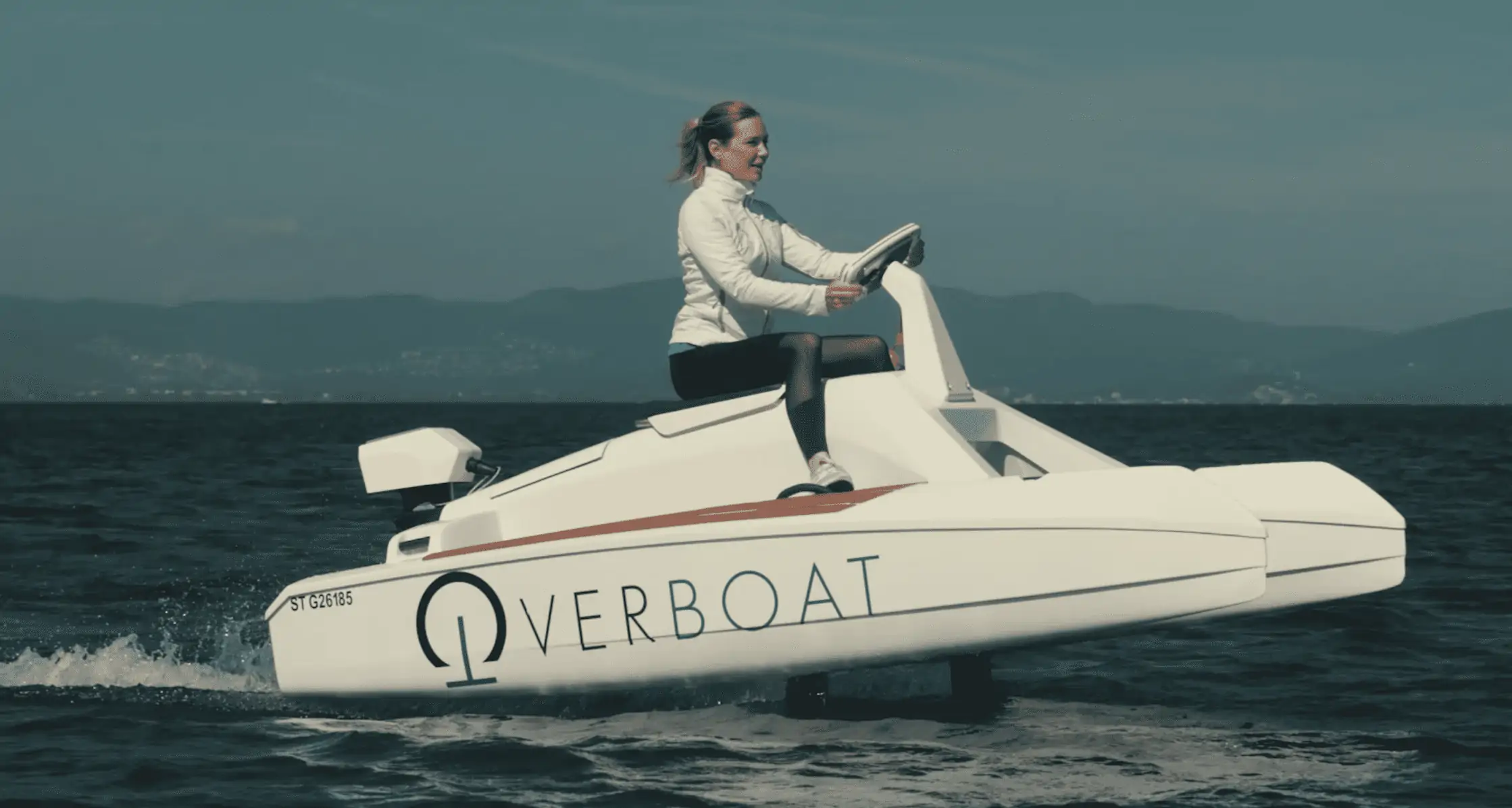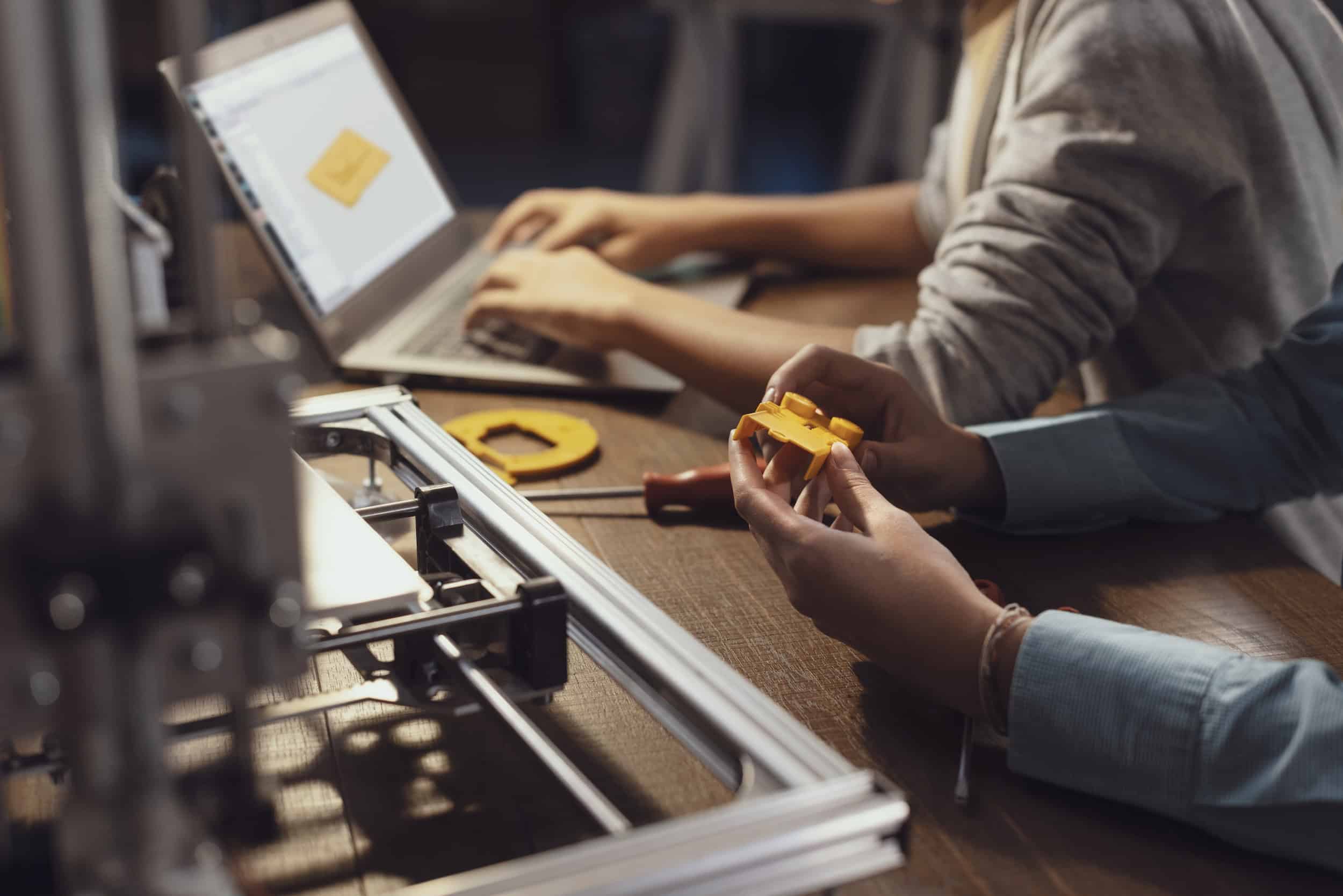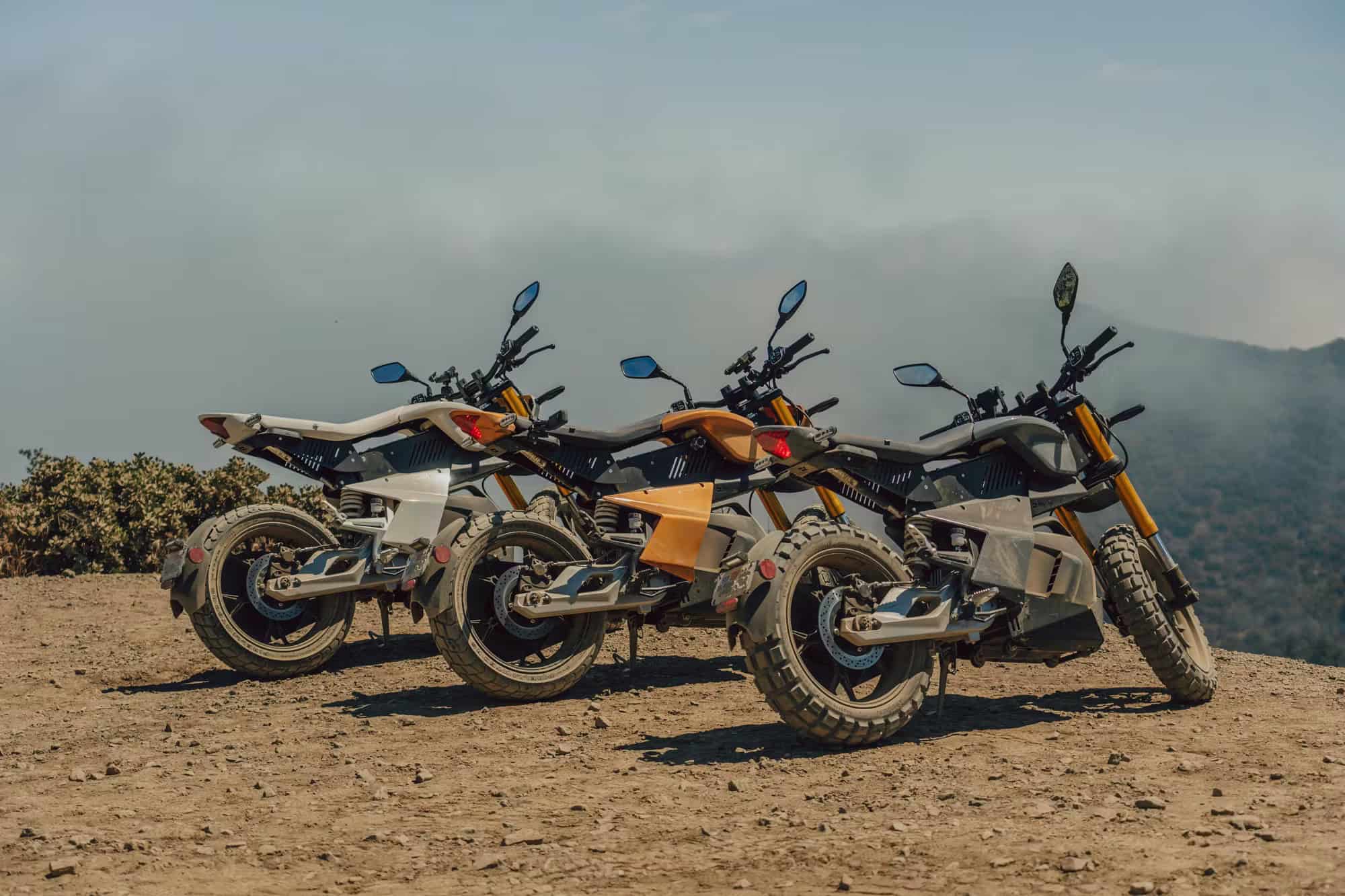In CNC Machining, there are no set costs that can be universally applied to different machining projects. The cost of a CNC machining project is jointly determined by several factors. Since cost is a vital consideration in most projects, it is recommended to understand those factors and the extent to which they affect cost.
This article will help you understand the main factors that drive the cost of CNC machining and optimise your project to get the most out of it.
Factors That Affect CNC Machining Cost
The most important factors that affect the cost of CNC machined parts can be classified under equipment, materials, design, manufacturing volume, and finishing operations.
Equipment and Machinery
Equipment costs are acquired before machining begins. However, they are setup costs and influence the cost of the machining project. The more expensive it is to procure, operate, and maintain a machine, the more expensive parts manufactured with the machine will be.

How to Choose the Type of CNC Machine
CNC manufacturing involves various machining operations. These include drilling, boring, turning, and milling. Most of these are carried out on either a CNC lathe or a CNC mill.
Another point is how efficient the machine itself is. CNC machines have evolved tremendously over the years. The early NC and CNC machines are nothing compared to the highly advanced modern CNC machines in use today. Modern machines are faster and much more efficient. In the long term this speed makes the production of parts cheaper.
How to Choose the Tooling for CNC Machining
In addition, the costs of cutting tools also influence total equipment cost. The tool material, coating, and geometry all affect this cost. For example, cemented carbide tools, that are harder, more heat resistant, and able to withstand extreme speeds, cost over two times more than tool steel tools.
Why CNC Milling is More Expensive
Mills typically cost more than lathes as they feature more complex moving parts; are harder to set up, operate, and maintain; and are capable of more complex operations. CNC milling is, therefore, generally more expensive than any other operation.
Milling machines are of different types, with varying levels of complexity and capability. The more axes a milling machine has, the more expensive it will be. Modern CNC machines mostly have three axes or five axes. While 5-axis machines can create very complex geometries more accurately and faster (so they require less machining time), they are usually more expensive than their 3-axis counterparts.
Set-up Costs
Set-up costs cover the costs incurred in preparation for the actual machining. All CNC machined parts begin as a 3D model. The 3D model is designed by design experts, using CAD (Computer Aided Design) software. The resources it takes to create a 3D model to be manufactured, make up a significant portion of the set-up costs.
Set-up costs also include design optimisation and CAM (Computer Aided Manufacturing) preparations for models to be manufactured, using the appropriate CAM software.
Materials
How the Price of the Material Influences the Cost of CNC Machining
The material from which a part is made is one of the most important cost drivers. There are several costs associated with a material to be machined. The foremost of these is the cost of the material itself. Materials are priced differently, with the prices determined by their availability, desirable properties, and overall production costs.
Metals are usually more expensive than other materials. The chart below depicts the relative prices of some commonly used engineering metals. Note that prices of metals fluctuate and exact prices may vary by location. The prices in the chart below are relative.

The Machinability of the Material, a Key Factor
In addition to the cost of materials, machinability is another important cost determinant. Materials that have low machinability take more time and effort to machine, and in the world of CNC machining, time is literally money. The cost of a machined part is directly proportional to the time it takes to machine it. Hard to machine materials also consume more resources like cutting fluids, electricity, and cutting tools.
At Xometry, we offer a wide range of materials including, metals, plastics, and elastomers. You can find a complete list of the materials we offer, along with their descriptions and relative costs.
Design and Geometry
Part design and geometry significantly affect the cost of CNC machining.
It is a rule of thumb that the more complex a part is, the more expensive it will be to manufacture. Highly complex parts may require more advanced machinery. They also require more machining time, multiple passes and setups, more resources, and closer inspection. All these influence the cost of parts.
In CNC machining, there are certain part features and designs that inevitably increase cost. These include sharp internal corners, thin walls, deep cavities, non-standard hole sizes, and lettering. These, and other cost-ineffective features that we’ve compiled, affect cost significantly and should be avoided unless they are absolutely necessary. In addition, certain design specifications such as surface roughness or tolerancing options may require multiple passes and inspections.
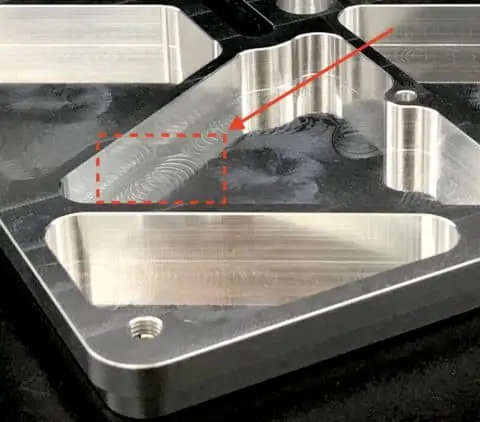
Also, large parts are logically more expensive to manufacture as they require more raw material, resources, and manufacturing effort and time.
Production Volume
Reduce the Cost of CNC Machining With High-volume Production
The cost per unit for a set of identical parts reduces significantly as the number of parts increases. This proportional reduction in cost is a result of the elimination of repeated set-up cost. The CAD design, CAM preparation, and machine set-up are handled once and for all the parts to be manufactured.
Using data from our Instant Quoting Engine, the chart below compares the cost per unit and number of units for the part in the image above, made from Aluminium EN AW-6061 / 3.3211 / Al-Mg1SiCu.

The chart above proves that the cost per part is inversely proportional to the number of parts being manufactured. The cost per unit for a production volume of 1000 is approximately 88% less than cost of a standalone unit.
Finishing Operations
CNC machining produces parts that are suitable to be used as-machined. However, certain applications require parts to go through post-processing operations such as heat treatment, surface finishing, and coating to improve their functionality, properties, and aesthetics. All these increase the price of a part.
 Europe
Europe  Türkiye
Türkiye  United Kingdom
United Kingdom  Global
Global 

 Login with my Xometry account
Login with my Xometry account  0
0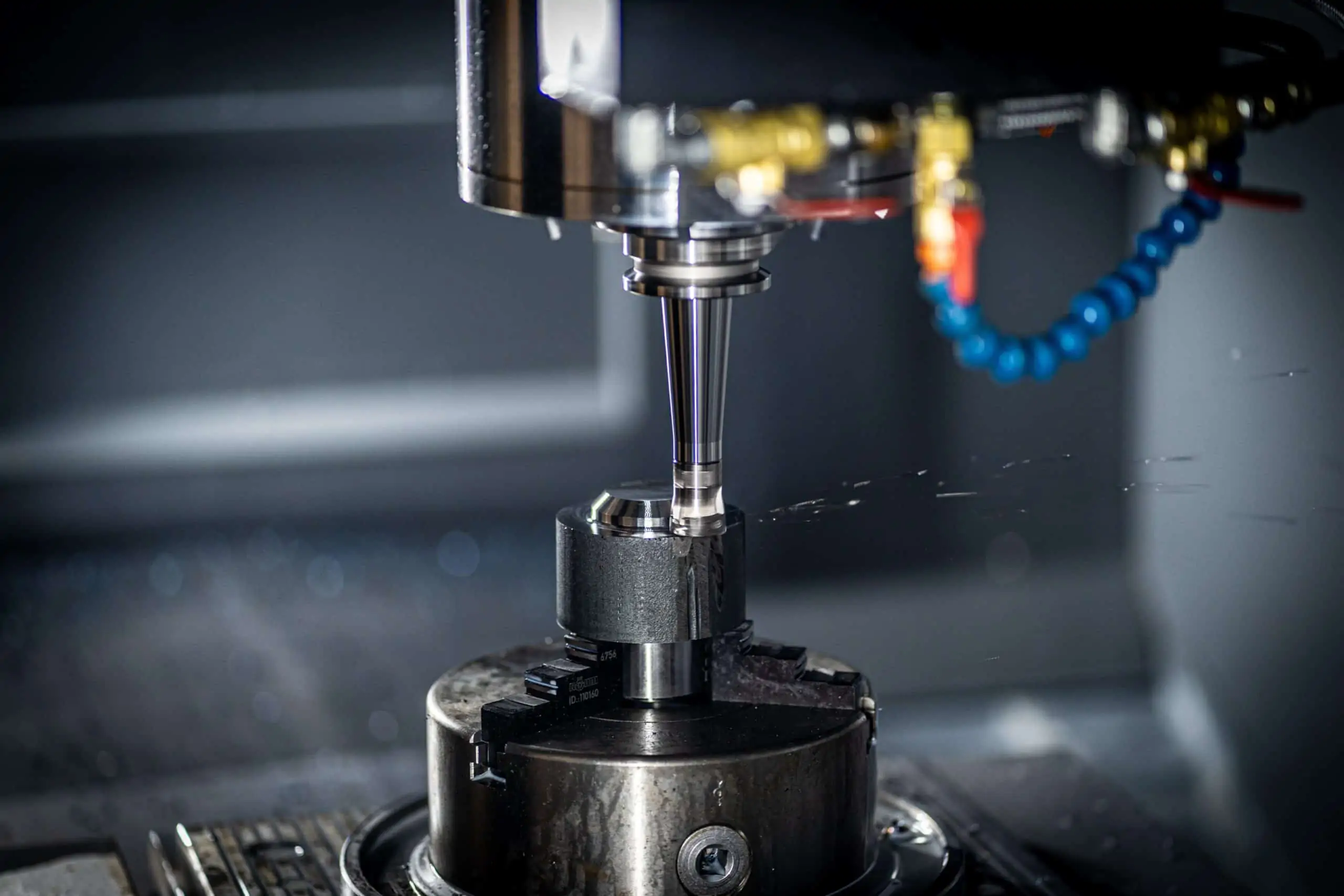


 Download
Download
